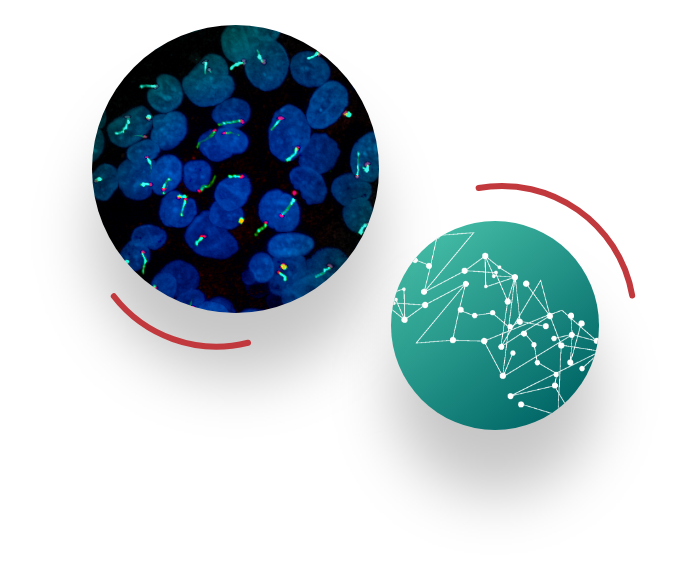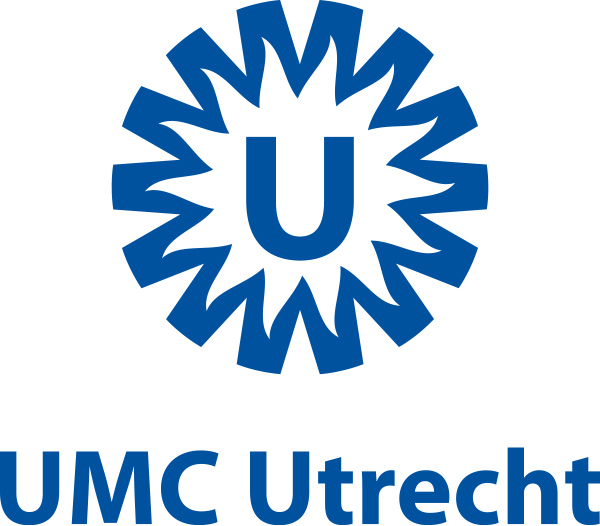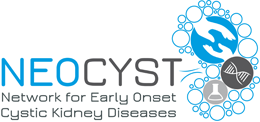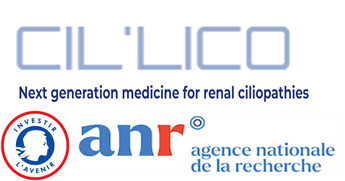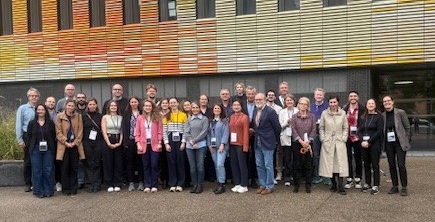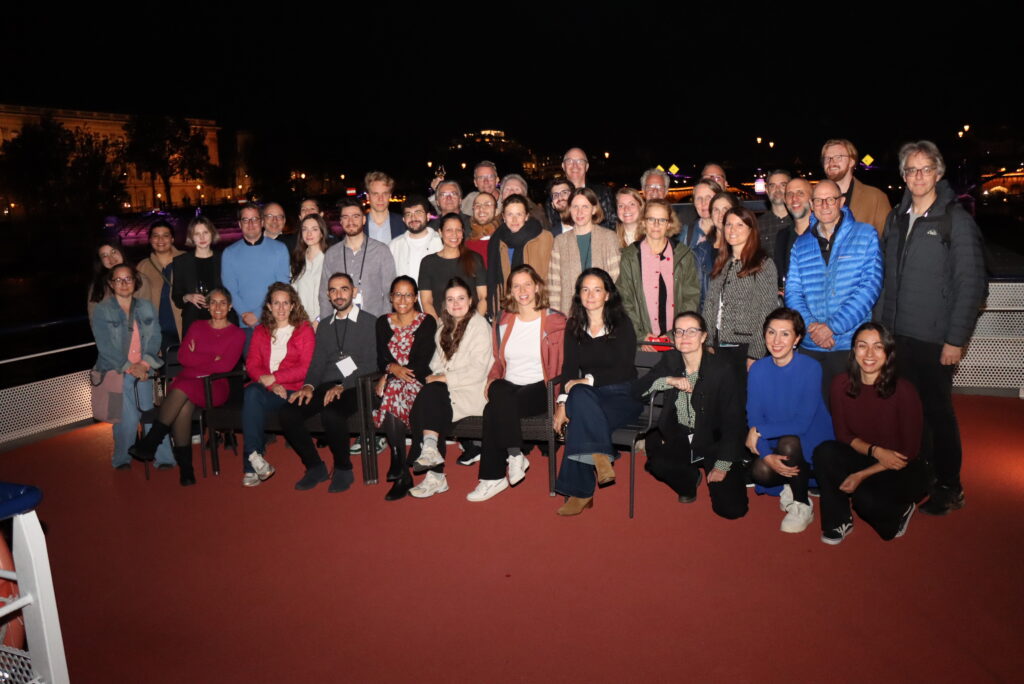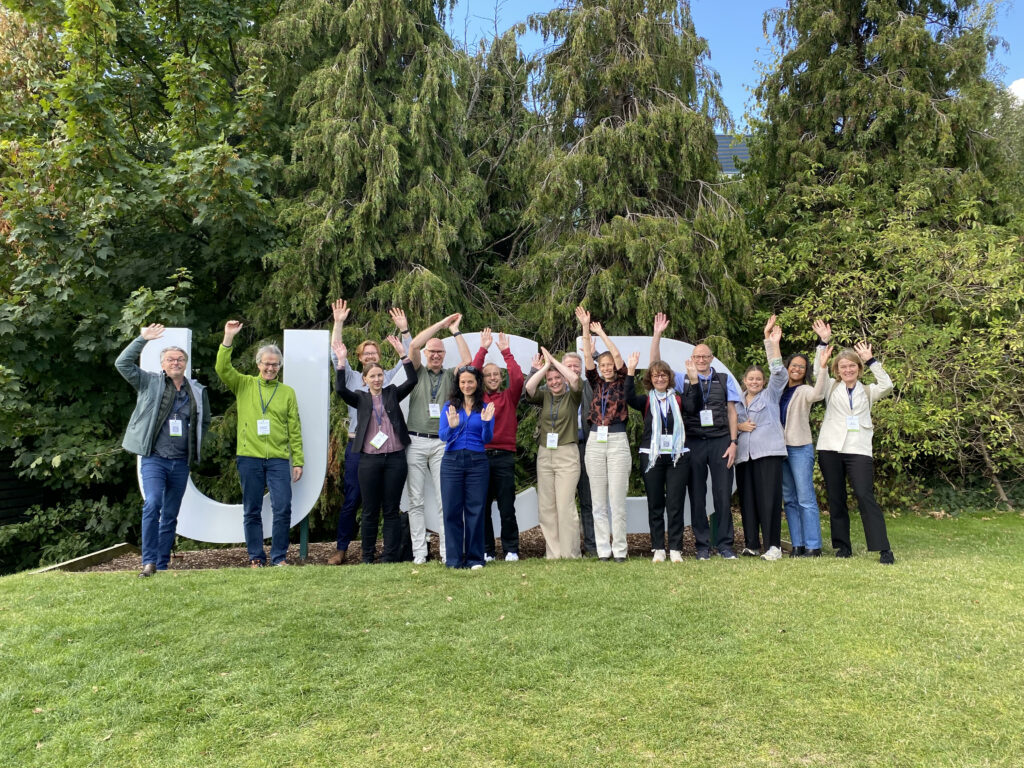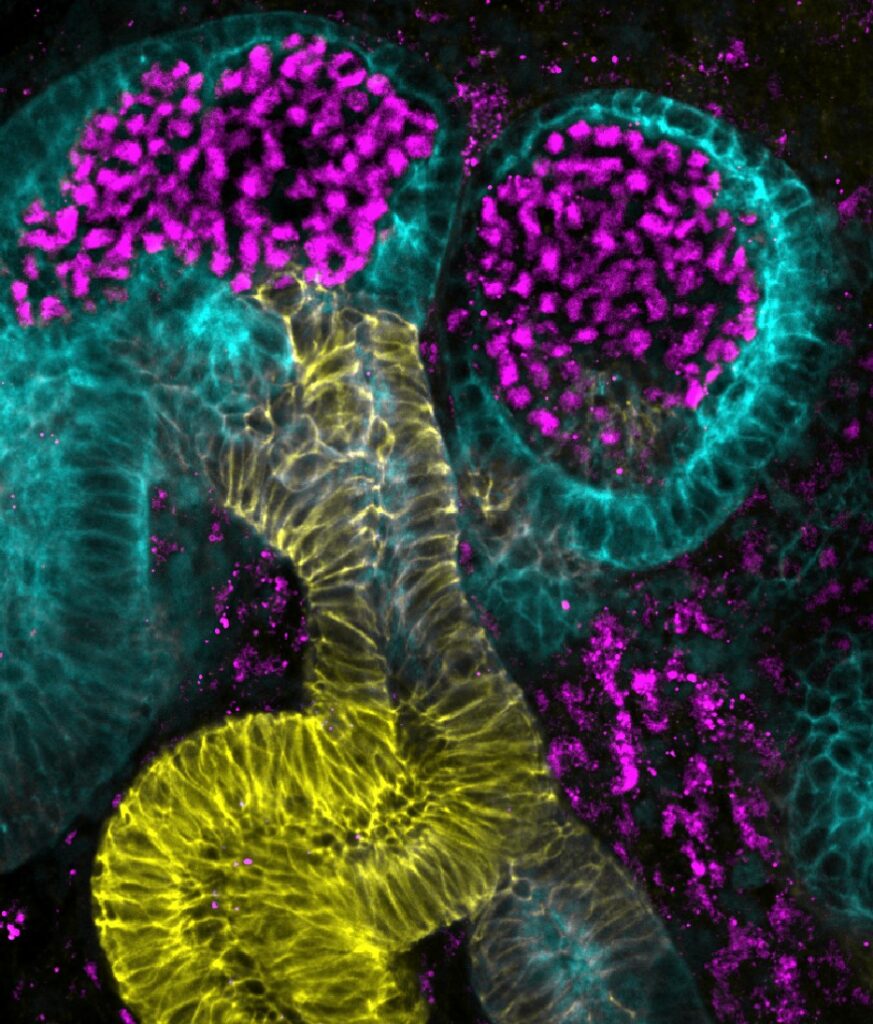
Development of effective new therapies
for rare diseases: the case of renal ciliopathies
Renal ciliopathies represent rare genetic disorders arising from primary cilium dysfunction, which adversely affects tissue development and equilibrium. Among these pediatric renal ciliopathies are nephronophthisis (NPH) and autosomal recessive polycystic kidney disease (ARPKD), collectively responsible for 15% of childhood chronic kidney disease (CKD), often progressing to end-stage kidney disease (ESKD). This progression poses substantial challenges for patients, their families, and healthcare systems. TheRaCil initiative aims to meet the pressing need for effective treatments in this regard. TheRaCil project constitutes a diverse consortium encompassing clinicians, geneticists, biotech firms, and experts in complementary research domains such as cilia biology, bioinformatics, data science, and artificial intelligence (AI), in addition to patient advocacy groups. Through harnessing the collective expertise of this consortium, TheRaCil endeavors to create prognostic tools and therapies that can benefit most individuals affected by renal ciliopathies
A unique, interdisciplinary network
to bring treatment to patients
The goal of the consortium is to create safe and efficient treatment approaches for pediatric renal ciliopathies. One pivotal strategy employed by TheRaCil involves the amalgamation of prominent European ciliopathy databases, granting access to an extensive pool of clinical, biochemical, and genetic data sourced from a diverse global population of renal ciliopathy patients. This expansive dataset will empower researchers to gain deeper insights into the underlying disease mechanisms, pinpoint potential therapeutic targets, and categorize patients according to distinct characteristics.


A project focused on therapeutic
innovation and clinical readiness
TheRaCil intends to harness AI-driven tools to scrutinize the amassed data and pinpoint aberrant disease-related pathways. This strategy will streamline the creation of small molecules designed to target these pathways, in addition to exploring antisense oligonucleotide (ASO) technology to restore the expression of crucial proteins linked to renal ciliopathies. Through the implementation of a comprehensive multi-parameter approach, which incorporates patient-derived materials and rigorous preclinical models, the project seeks to discover and validate innovative therapeutic avenues.

